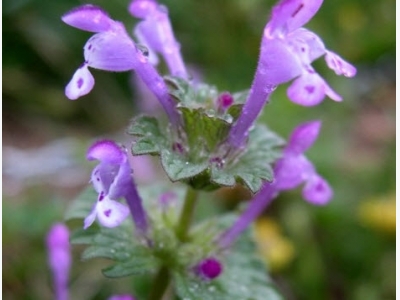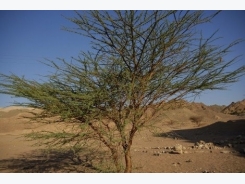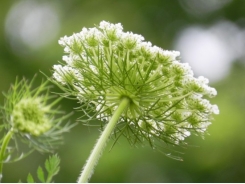How to Grow Lamium

Looking for a fast-growing, attractive ground cover for shady areas? Consider lamium (Lamium maculatum), sometimes known as spotted dead nettle. This plant is part of the mint family and is beloved by gardeners for its compact form and lovely foliage.
The leaves are tear-shaped and may be serrated. Most lamium varieties have variegated leaves, with lime green, yellow or white variegations. The small clusters of flowers are usually pink, white or purple, and appear from spring through late summer.
Lamium is a versatile plant, hardy in U.S.D.A. plant hardiness zones 4 through 8. In zones 6 through 8, it remains evergreen most of the year. It tolerates almost any soil, although it grows most quickly in slightly moist, humus-rich soils.
Getting Started with Growing Lamium
Most people grow lamium from a few nursery plants. The plant spreads quickly and within a year, four or five plants can fill in a space of 40 square feet or more.
But, lamium is easily started from seeds. To start from seed, place lamium seeds in a plastic baggy with a spoonful of slightly moist potting soil. Refrigerate for 10 weeks because lamium seeds require a chilling period to germinate. Plant in potting soil and keep evenly moist.
Propagating Lamium
You can easily multiply your number of lamium plants by several methods:
Stem layering. Simply push a stem (still attached to the mother plant) down to the ground and cover it with soil so only the tip is visible. The tip will soon grow into a new plant.
Division. Gently dig up the lamium plant in the spring or fall and separate it. Replant the divisions, spacing them at least 6 inches apart.
Cuttings. Snip a 6-inch piece and remove the lower leaves. Dip the bottom of the cutting in a rooting medium and place the cutting in moist sand or perlite in a cup or pot. Cover the plant and pot with a plastic bag and water it as needed to keep it moist. Within a few weeks, the cutting will develop roots. At this point, carefully replant it outdoors or in another pot, using potting mix as the growing medium.
Choosing a Location
Lamium tolerates some sunlight, but it grows best in partial to full shade. In full sun, particularly in hot climates, the leaves become scorched, brown and withered. Lamium thrives in soils with a pH between 6.0 and 7.0 so if your soil is very acidic, amend it with lime. Lamium tolerates most soil types, so long as the soil drains well. Fertilize lamium with an all-purpose fertilizer in the spring, as new growth appears, and once more in mid-summer. Avoid fertilizing the plant in late summer because the new growth will be winterkilled by the first heavy frost.
Space nursery plants at least 12 inches apart. The plants seem small, but they spread quickly. In fact, in moist soil and mild climates, lamium can become invasive. Shear it back in the summer if it threatens to take over your garden. Another option is to remove some of the plants every few years and pass them on to friends. When controlled in this manner, lamium remains a well-behaved, beloved garden member.
Lamium Pests and Disease
Lamium is usually fairly maintenance free. Slugs and snails thrive in shaded, moist soils and sometimes bother lamium. Allow the soil to dry out slightly between watering to discourage these pests or use snail traps and baits.
As far as diseases go, the most common problem gardeners experience is edema and drowning, caused by too much water and poorly draining soils. Improve heavy clay soils with compost, manure and peat moss before planting lamium. If the soil is very heavy, consider replacing it with a commercial garden soil brought in from a landscaping firm. Water so the soil stays slightly moist, but not soggy.
Powdery mildew also affects lamium sometimes. This disease causes a white powdery film to grow on the leaves. It’s most common in hot weather and usually appears at summer’s end. In most cases, it is not fatal. Prune out the affected plants so air circulates more freely.
Varieties of Lamium
Most lamium varieties grow between 4 and 8 inches tall and 20 inches wide. A few, such as album ‘Friday,’ and orvala ‘Album’ grow 20 inches or taller.
For green leaves with white variegation, try ‘Album.’ ‘Pink Pewter’ has prolific pink flowers and silver variegated leaves, while ‘White Nancy’ has white blooms and silver leaves.
Tools

Phối trộn thức ăn chăn nuôi

Pha dung dịch thủy canh

Định mức cho tôm ăn

Phối trộn phân bón NPK

Xác định tỷ lệ tôm sống

Chuyển đổi đơn vị phân bón

Xác định công suất sục khí

Chuyển đổi đơn vị tôm

Tính diện tích nhà kính

Tính thể tích ao



 How To Make Gardening Easier
How To Make Gardening Easier  How To Make Your Own Raised Bed Soil
How To Make Your Own Raised Bed Soil